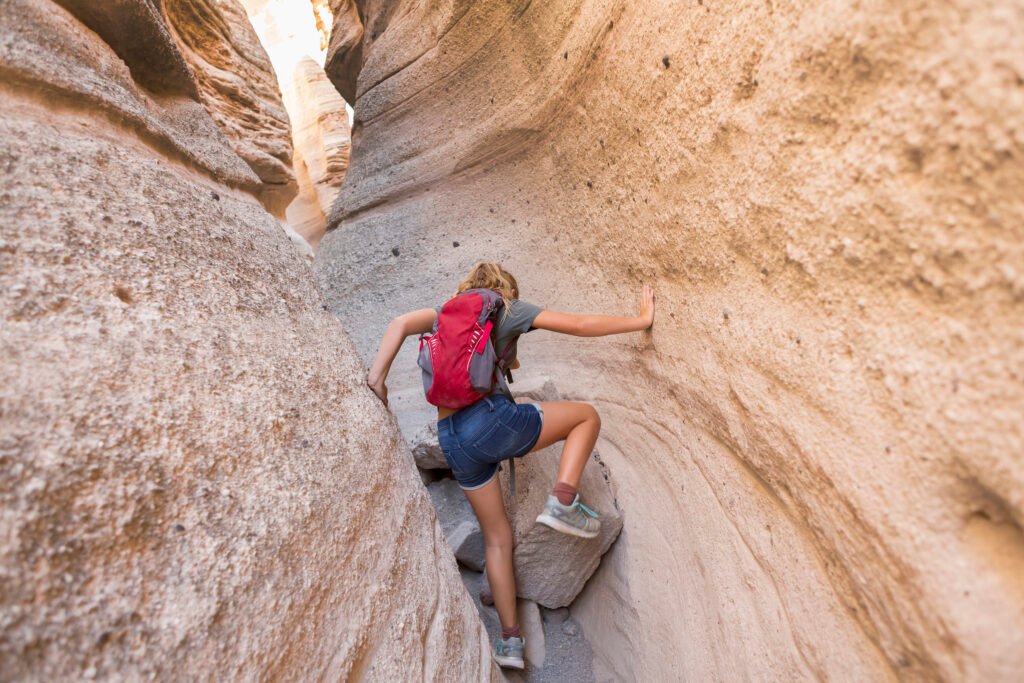Ready for an adventure that turns you into a real-life action hero, combining hiking, climbing, and swimming in nature’s most breathtaking playgrounds? Welcome to the thrilling world of canyoneering in the USA. This sport is a bucket-list treat for outdoor enthusiasts with a penchant for adrenaline. In this blog post, we’ll break down the A to Z of canyoneering, from the nuts and bolts to the crème de la crème locations in the USA, ensuring you’re ready and raring to go, safely of course. By the end, you’ll have the know-how to kickstart your own epic canyoneering saga.
Table of Contents
Understanding the Basics
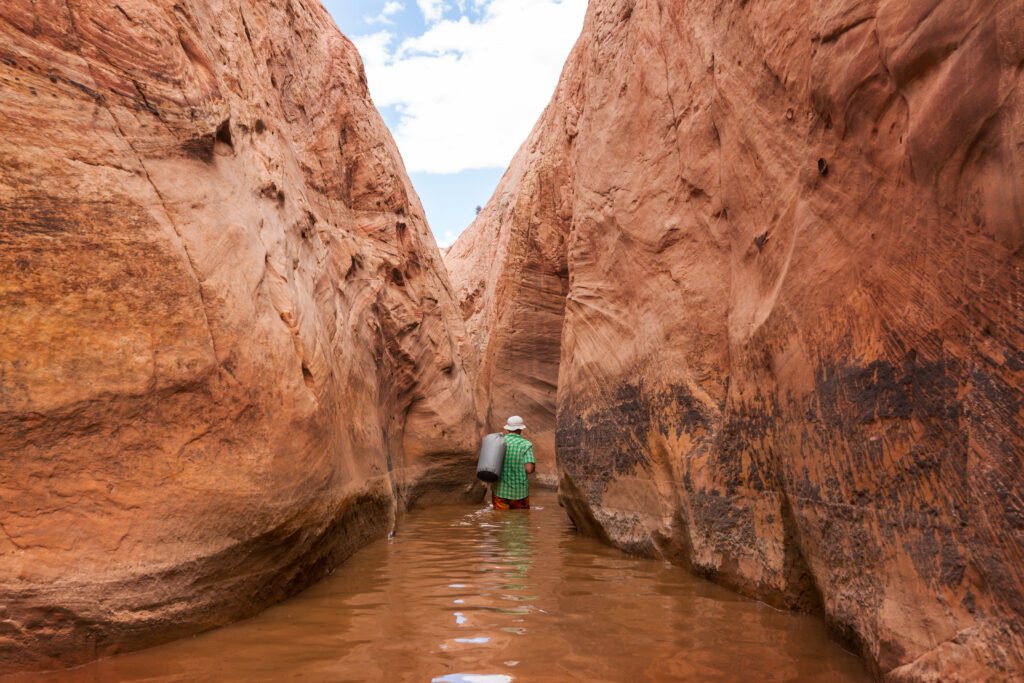
Skills Needed for Canyoneering in the USA
Canyoneering is more than just a hike through a canyon—it’s a multifaceted sport that demands a diverse skill set. Here are some fundamental skills you’ll need:
- Navigation and Map Reading: Knowing how to interpret topographical maps and use a compass or GPS is essential for traversing remote canyons.
- Rock Climbing: Basic climbing skills, including bouldering and belaying, are crucial for scaling canyon walls.
- Swimming: Many canyons have water obstacles, so strong swimming skills are a must.
- Rappelling: Proficiency in rope techniques and rappelling is key for descending steep or vertical sections.
For example, in Utah’s Zion National Park, many routes require rappelling down cliffs and swimming through narrow slots filled with water. A beginner’s course or guided trip is a great way to get started and hone these skills.
Types of Canyons and Their Characteristics
Canyons are as diverse as they are beautiful. Here’s a quick guide to the different types you might encounter:
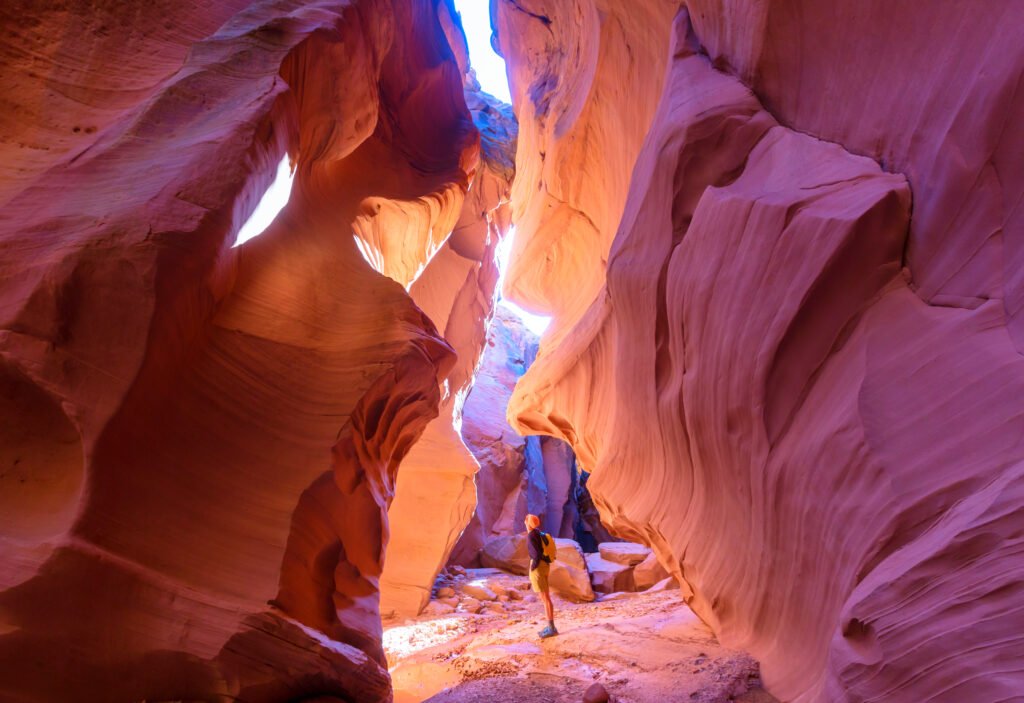
- Slot Canyons: These are narrow passageways carved by water, often requiring technical skills to navigate. They can be found in places like Antelope Canyon in Arizona.
- Mountain Canyons: Formed in mountainous regions, these canyons often feature steep climbs and descents. Rocky Mountain National Park is home to several stunning examples.
- Desert Canyons: Typically dry, these canyons feature unique rock formations and are prevalent in states like Utah and Nevada.
Understanding the type of canyon you’ll be exploring will help you prepare and equip yourself accordingly.
Top Canyoneering Spots in the USA
Zion National Park
Located in southwestern Utah, Zion National Park is a canyoneering paradise. Famous for its dramatic landscapes and challenging routes, the park offers something for canyoneers of all levels:
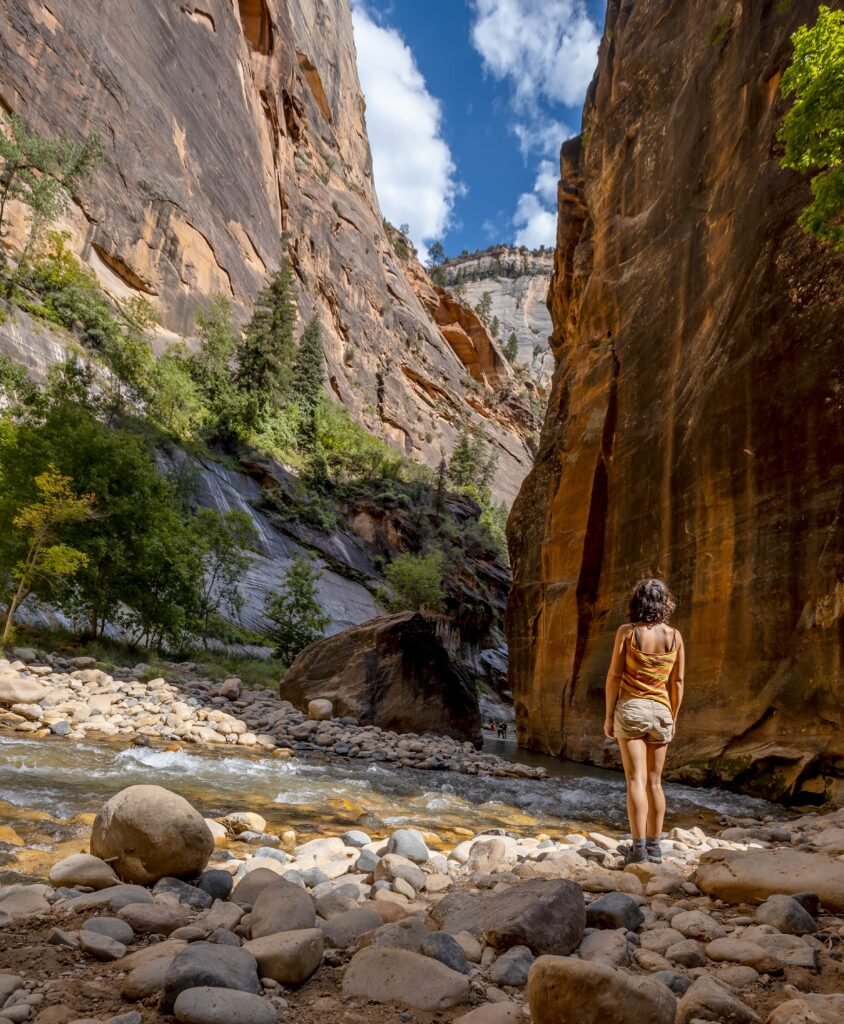
- The Subway: A well-known route that features iconic tunnel-like formations and crystal-clear pools.
- Orderville Canyon: Perfect for intermediate canyoneers, this route includes swims, wades, and scrambles over boulders.
- Mystery Canyon: For advanced canyoneers, this route offers thrilling rappels and narrow slots.
Grand Canyon Areas
The Grand Canyon is not just for hikers; it’s a premier destination for canyoneering too. Here are a couple of noteworthy spots:

- Matkatamiba Canyon: This technical route involves swimming, climbing, and rappelling down waterfalls.
- Shinumo Wash: Less technical but equally stunning, this route is ideal for beginners and offers breathtaking scenery.
Must-Have Gear and Preparation
Equipment Checklist
Having the right gear is crucial for a successful canyoneering adventure. Here’s what you’ll need:
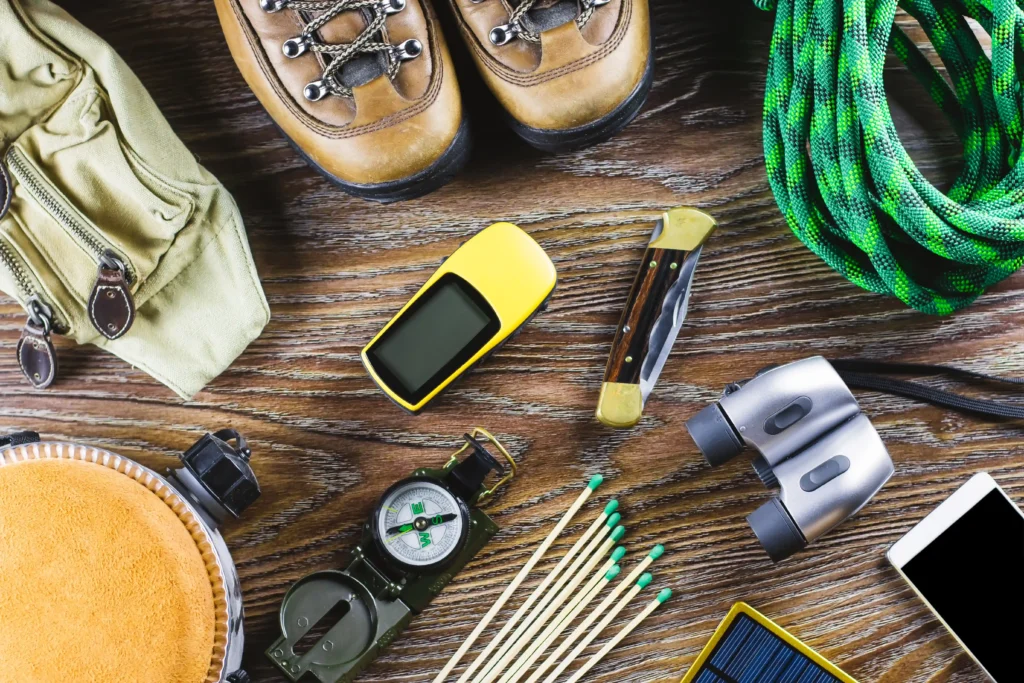
- Helmet: Protects your head from falling rocks.
- Harness and Rappel Device: Essential for safely descending steep and vertical sections.
- Climbing Shoes: Provide grip and support for navigating rocky terrain.
- Dry Bag: Keeps your gear dry during water crossings.
- Rope: A durable, static rope suitable for rappelling.
- Wetsuit or Dry Suit: Necessary for cold water canyons to maintain body temperature.
Physical Preparations and Training
Physical fitness is a key component of canyoneering. Here are some tips to ensure you’re ready:
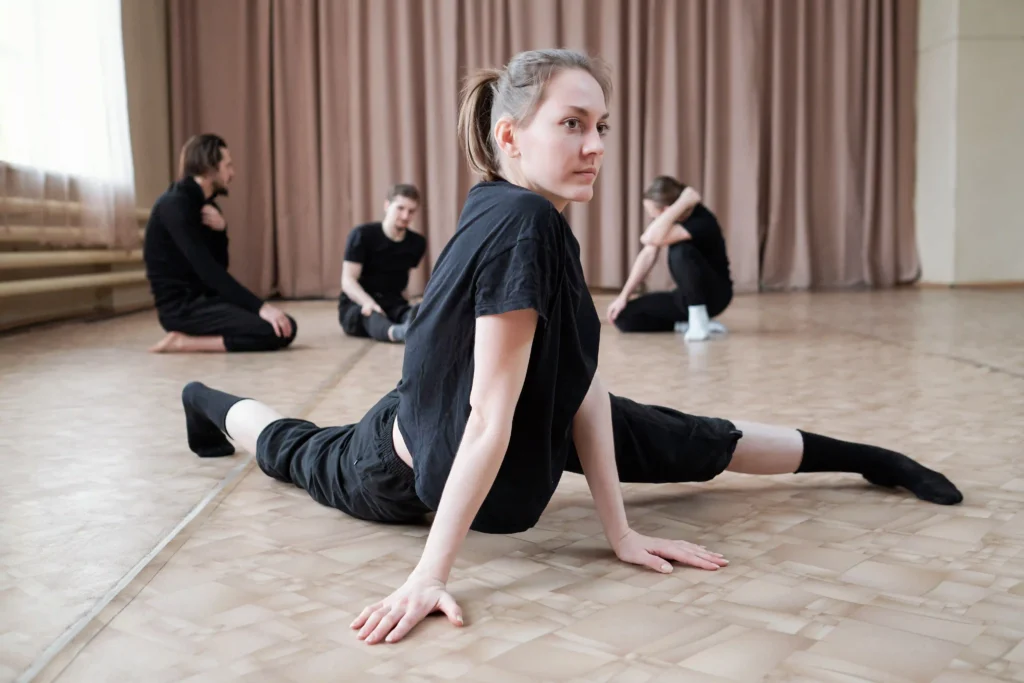
- Cardio Training: Improve your endurance with activities like running, cycling, or swimming.
- Strength Training: Focus on building core and upper body strength to manage climbing and rappelling.
- Flexibility: Yoga or stretching exercises can improve your agility and reduce the risk of injury.
By focusing on these areas, you’ll be better prepared to handle the physical demands of canyoneering.
Safety and Environmental Considerations
Navigating Safely and Respecting Natural Habitats
Safety in canyoneering is paramount. Here are some best practices:
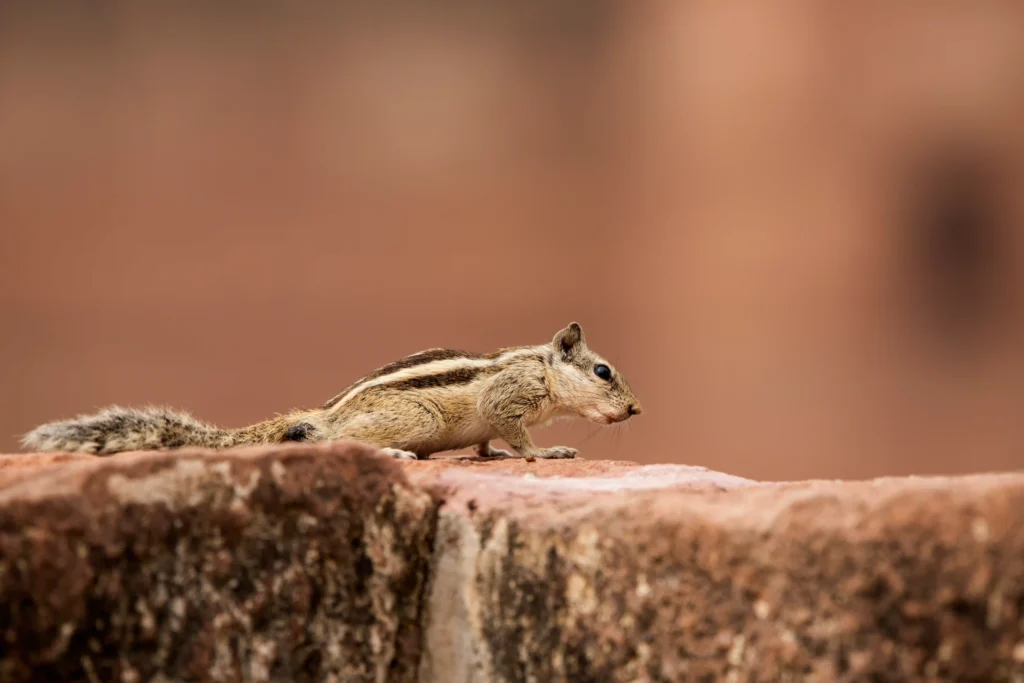
- Plan Ahead: Research your route thoroughly and check weather conditions.
- Go with a Group: Never go canyoneering alone. A group ensures that help is available in case of an emergency.
- Respect Wildlife: Avoid disturbing animals and always follow Leave No Trace principles.
Weather Considerations and Planning
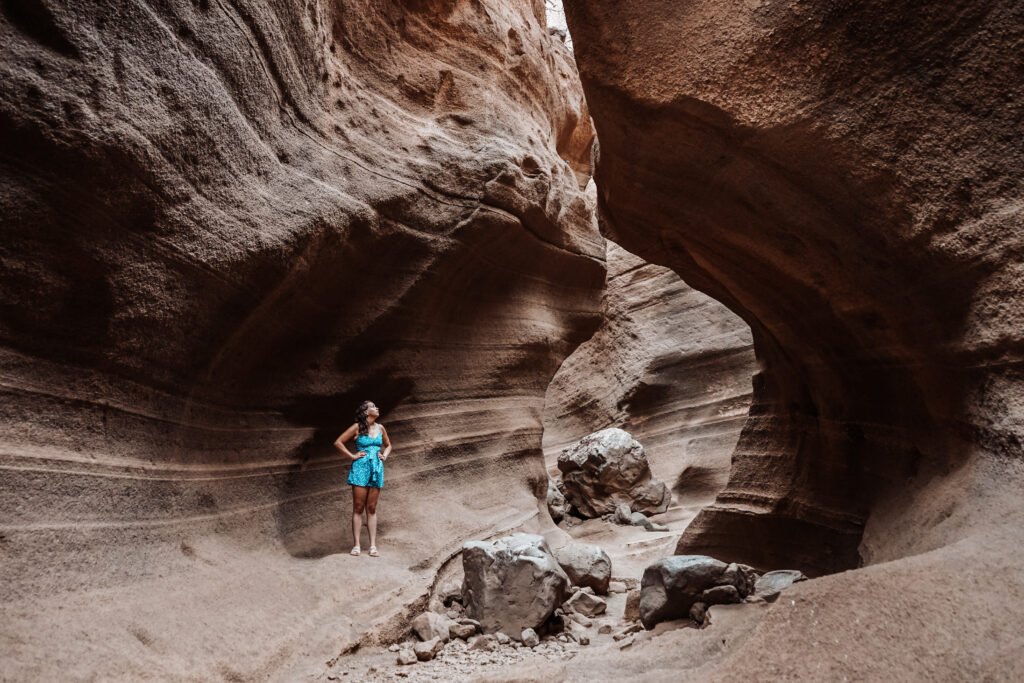
Weather can make or break a canyoneering trip. Here’s how to stay safe:
- Check Weather Forecasts: Avoid canyoneering during rainstorms as flash floods can be deadly.
- Temperature Awareness: Dress appropriately for the conditions, and be aware of the risks of both hypothermia and heatstroke.
- Emergency Plans: Have an emergency plan in place, including knowing the nearest exit points and having a means of communication.
Ready to Start Your Adventure?
Canyoneering is a thrilling way to explore some of the most beautiful and remote landscapes. By understanding the basics, preparing the right gear, and prioritizing safety, you can enjoy this sport to the fullest. Whether you’re drawn to the dramatic cliffs of Zion National Park or the majestic depths of the Grand Canyon, there are endless opportunities for adventure.
Ready to take the leap? Explore canyoneering with confidence and immerse yourself in the unparalleled beauty of our natural world. Happy exploring.
